PDL-MM210-100μg / 询价
PDL-MM210-500μg / 询价
PDL-MM210-500μgx2 / 询价
Mouse PD-L1/B7-H1 Protein
Recombinant Mouse PD-L1/B7-H1 Protein is expressed from HEK293 with hFc tag at the C-Terminus.It contains Phe19-Arg237 [Accession | NP_068693].
The protein has a predicted MW of 51.5 kDa. Due to glycosylation, the protein migrates to 70-80 kDa based on Bis-Tris PAGE result.
> 95% as determined by Bis-Tris PAGE
> 95% as determined by HPLC
Less than 1EU per μg by the LAL method.
Lyophilized from 0.22μm filtered solution in PBS (pH 7.4). Normally 8% trehalose is added as protectant before lyophilization.
Centrifuge the tube before opening. Reconstituting to a concentration more than 100 μg/ml is recommended. Dissolve the lyophilized protein in distilled water.
-20 to -80°C for 12 months as supplied from date of receipt.
-80°C for 3 months after reconstitution.
Recommend to aliquot the protein into smaller quantities for optimal storage. Please minimize freeze-thaw cycles.
B7-H1, also known as PD-L1 and CD274, is an approximately 65 kDa transmembrane glycoprotein in the B7 family of immune regulatory molecules. PD-L1 has been identified as the ligand for the immunoinhibitory receptor programmed death-1(PD1/PDCD1) and has been demonstrated to play a role in the regulation of immune responses and peripheral tolerance.
CD274; PDL1; PD-L1; PD-L1B7 homolog 1;B7-H; B7H1; B7-H1; PDCD1L1; PDCD1LG1
(1)Blank C , Mackensen A. Contribution of the PD-L1/PD-1 pathway to T-cell exhaustion: an update on implications for chronic infections and tumor evasion[J]. Cancer Immunology Immunotherapy, 2007, 56(5):739-745.









